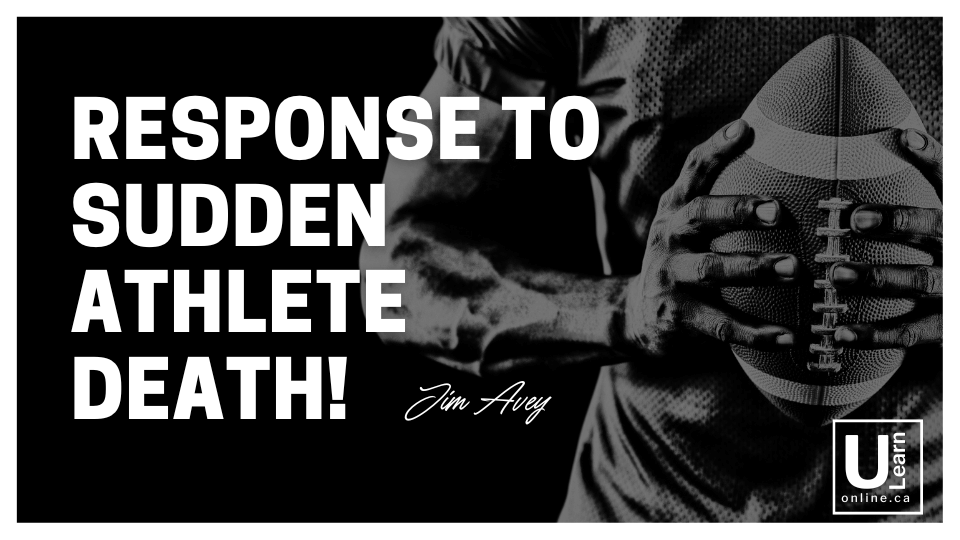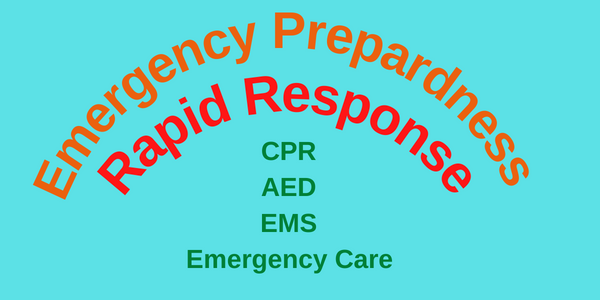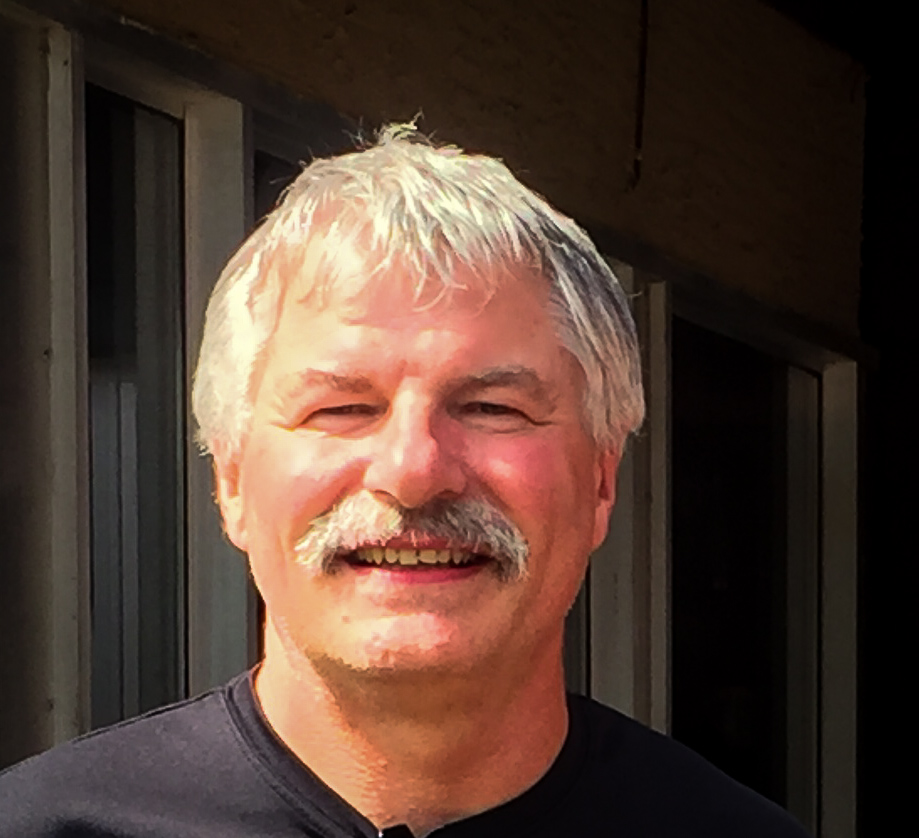
Response to Sudden Athlete Death!
The unthinkable happens, a physically fit athlete suddenly collapses on the field of play, and you are called to respond! What is happening? Is this an injury from the last play? The hit didn’t look out of the ordinary, but something doesn’t look right. The player dropped in a peculiar way, straight back, and now appears to be posturing. Your pace quickens as you realize that this isn’t an expected injury, but it seems to be more catastrophic! In seconds the response plan is put to the test. The athlete’s life hangs on the next actions you and your responders make! Are you ready, are the pieces in place, can you successfully respond to this type of event?
In a well publicized event, January 2, 2023 Damar Hamlin collapsed on the playing field during a NFL football game. This brought Sudden Athlete Death to national news, and many followed his care and recovery. This event isn’t isolated to football players, there has been 5 sudden cardiac deaths in the NHL over the past 25 years. Fortunately all these cases have been examples of a successful emergency response to catastrophic events and the players have survived and even returned to player status. What is the common thread with each of these success stories, a well coordinated focused response to the event. Only the quick response of the team trainers, physicians and the event paramedics is responsible the players survival.
Anatomy of the Response
Preparation
This type of success doesn’t happen by accident. Sport leagues have learned by experience, years ago the NHL required a physician to be within 50 feet of the bench. Now the requirement for an NHL game is there be 3 physicians, two ambulances and AED’s at every arena. The right pieces in place if an early step in the process, the next step is to establish each responders role.
Ensureing each responder understands their role helps them move to and begin their task without delay. The science shows that time is of the essence in successful outcomes. With each minute of delayed resuscitation, there is a 10% decrease in successful outcome.

Response
When the event happens, thinks must happen in a rapid sequencial manner.
- Rapid assessment of the situation. Is this an injury or a catastrophic medical emergency.
- Initiate high quality CPR if indicated (pulseless/no signs of life).
- Ensure an AED is available and is used as soon as it arrives.
- Ensure EMS is coming and integrate them as part of the response team.
- Transport to the player (patient) to a appropriate facility.
Preparation, practice and expecting the unexpected are hallmarks of this type of response. With good preparation and training these type of events can often have successful results. There are excellent examples of this type of response in the NFL and the NHL, articles from the CFL indicate similar preparation and training.
Post Response
This type of response is unusual, a healthy athlete with a sudden cardiac event. Even with preparation and training, the high profile can having a lasting effect on a responders mental health. For that reason it is important to take the time to debrief everyone who responded. This step is important to ensure the care of the responders and their needs to ensure their continued ability to respond to future events.
The final step in the Emergency Prepardness is the operational debrief. What went well and what could be done better, then the plan can be improved and practiced.
About the Author

Jim Avey is a career Advanced Care Paramedic and contributing author with ULearnOnline. During a career that spans over 30 years Jim has worked in the emergency ground, air and standby industrial positions. Currently he is a Clinical Educator in the Alberta EMS system and an EMS instructor for NAIT. Jim is passionate about passing on the things he has learned over his time in EMS to inspire his students who are starting their career in EMS. During a career that spans over 30 years Jim has worked in the emergency ground, air and standby industrial positions. When not teaching Jim enjoys photography, camping and spending time with his family. He has recently begun to learn astronomy and hopes to combine astronomy with photography. Find Jim on Linkedin at, linkedin.com/in/jimavey
